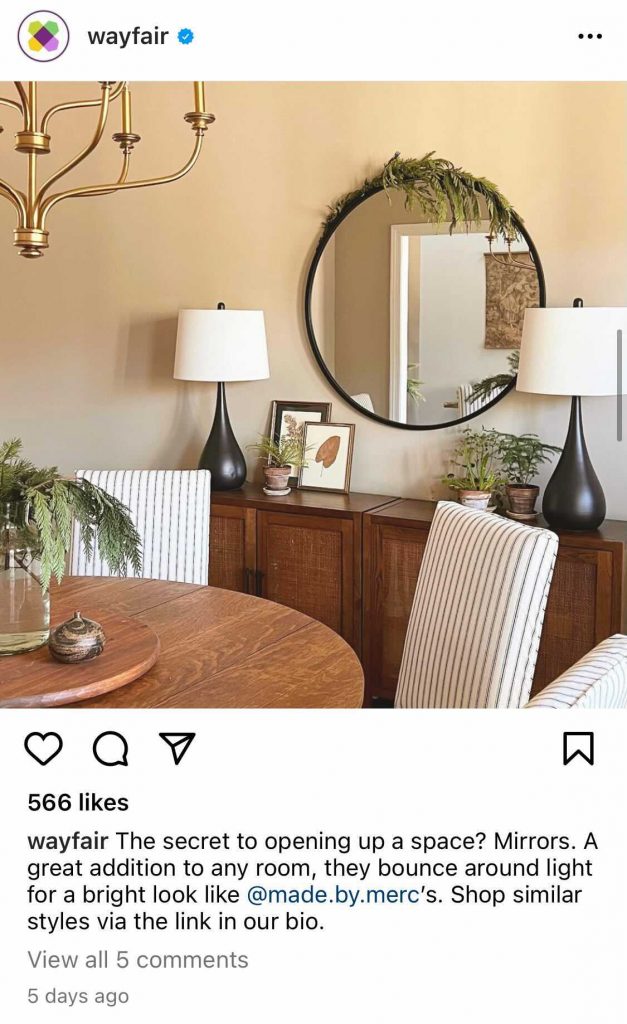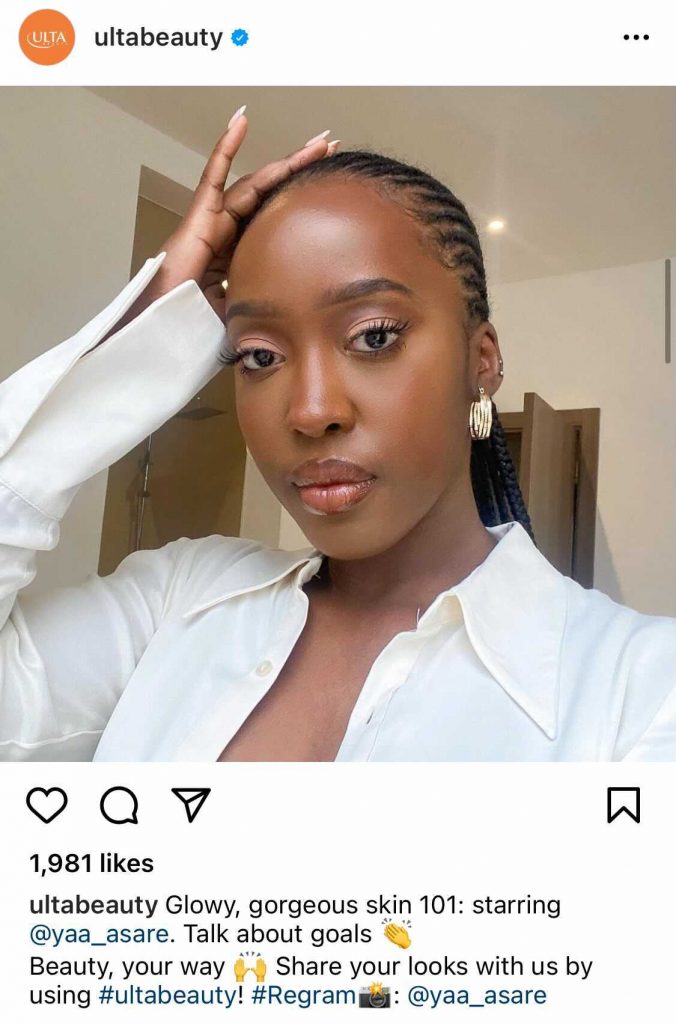By Megan Burgess, Content Strategist
We’ve all seen someone share their favorite Starbucks drink, a skincare product they love, or their new golf clubs on social media. Maybe they tagged the brand in the hopes of getting a like or a share. Whether they know it or not, they just created user-generated content for the brand.
User-generated content can be a gold mine for your brand—but only if you use it!
We’ll get into how to make it work for you, but first, let’s talk about what user-generated content is.
What is User-Generated Content and Why is it Important?
User-generated content (UGC) is exactly as the name suggests: unsponsored or unpaid content created by people that use your product or service. UGC can come in many forms, but the most common are social posts, testimonials or reviews, and YouTube videos.
Authenticity is key in 21st-century marketing. In fact, 90% of consumers say that authenticity is important, with 79% saying that UGC impacts their purchasing decisions. Consumers want to see social proof, or proof that people have purchased and found value in a product, before purchasing.
This is especially true for online shopping. Reviews and user-generated content ease our pre-purchase anxieties and typically prove that the item in question is worth it. For business owners and marketers, this means higher conversions (AKA more sales).
For marketers, user-generated content is one of the greatest assets a brand can leverage. In a recent survey, 93% of marketers agreed that consumers trust user-generated content more than brand-generated content. This isn’t just because people are talking about your product, but because user-generated content is a great way to build trust in your product, encourage engagement, and create a community online. In addition, UGC is arguably the best form of social proof for a brand.
How to Get More Reviews
You’re probably thinking “user-generated content sounds great, but how do I get it?” After all, you can’t force anyone to leave a review or post about your business. But you can encourage it and make it easy for them. There are a few ways to do it:
Ask For It
Sometimes getting what you want really is as easy as asking for it! To get more customer feedback, Kohler Generators created a paid social campaign encouraging customers to share their experiences, such as the peace of mind they get from their KOHLER generator and how it has helped them weather storms. With the customer’s permission, those testimonials were used in paid social ads and email campaigns.
Use UGC
By using UGC, you can get more of it. Let us explain. You can encourage customers to create more UGC by leveraging the user-generated content you already have. When you repost that Instagram story or a photo your business was tagged in, it encourages others to share content with you. It’s an easy way to turn customers into advocates for your brand. Brands like Wayfair regularly share UGC, allowing customers to see Wayfair’s furniture and decor in real homes and imagine it in their own home.
Incorporate UGC Into Your Post-Purchase Communication
Your receipts, invoices, and post-purchase emails are a great way to passively encourage people to leave reviews or talk about your business on social media. Make it easy on your customer by including your brand hashtag or by creating a QR code that leads directly to your review platform, Facebook page, or Instagram account (like the email below). Paired with a call to action and placed on your post-purchase/service communications, your customers will have everything they need to leave a review.
How to Use UGC
Now that you’re working on building your library of user-generated content, let’s look at a few ways to put it to work for you.
Organic Social Posts
This is the default way to use UGC—and for good reason. Repurposing a customer’s content in organic social posts is a great way to share their content with your audience. Ulta Beauty does this really well, both using UGC and encouraging users to share their Ulta finds with the hashtag #ultabeauty. By reposting photos and Reels on their Instagram account, customers are able to see a wide range of people using their products. They use the #regram hashtag and tag the original creator to let followers know this is UGC.
Paid Social Posts
Take the next step with your UGC by utilizing it in paid social campaigns. High-quality photos can be used as your creative, while short and snappy reviews or testimonials are a great way to add some social proof to your ads. Here’s how Kohler Generators used positive reviews to create social ads.
Long-Form Media
Customer stories are a great addition to your blog (which can then be shared on social media, allowing you to truly make the most of your UGC)! The idea is to interview a customer so they can share more about their experience with your business. You’ll then use the information gathered in this interview to write a blog post telling their story.
This approach is best for customers with a bigger story to tell. Perhaps they’re an exceptionally loyal customer and are willing to talk about why they keep coming back to you, or maybe your product or service solved a major problem in their life. A great example of this is this blog post with a video testimonial from Window World of Baton Rouge. The customer was looking to make his home more resilient against hurricanes and used Window World’s Impact Resistant Windows to achieve that goal. Watch the video below.
With user-generated content, you can create a more authentic online presence for your brand. With that comes community, engagement, and more customers. How will you incorporate user-generated content into your marketing strategy?











